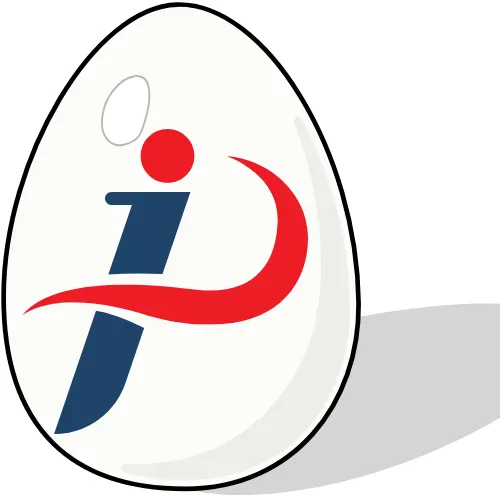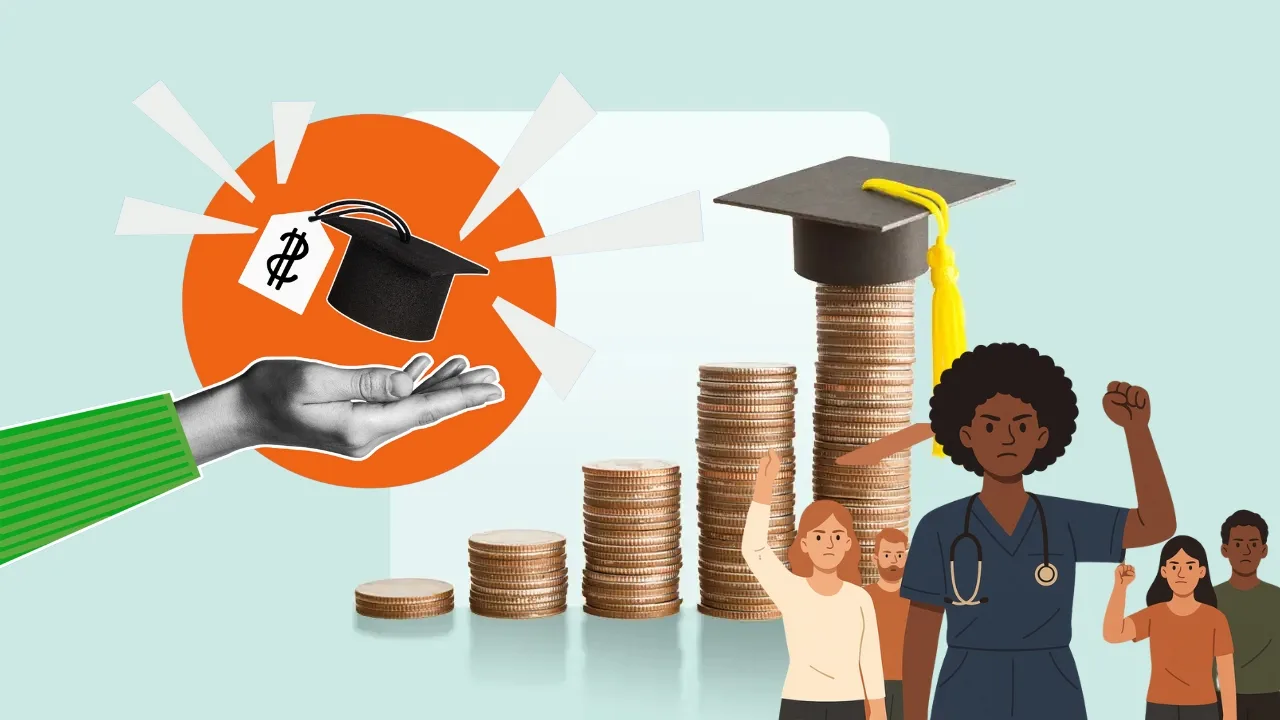A sweeping reform to federal student lending will soon change how many graduate students pay for their degrees. The One Big, Beautiful Bill Act, passed in July 2025, introduces new borrowing caps that will take effect on July 1, 2026, marking one of the most significant shifts in higher education financing in years.
For decades, all graduate students shared a universal borrowing limit of $138,500 under federal loan programs. But that system is about to change. Most graduate students will now face a new maximum borrowing limit of $100,000, while only those enrolled in “professional degree” programs will be allowed to borrow up to $200,000.
Dr. Karen Holt, Professor of Higher Education Policy, “This change could make graduate education more affordable in the long run, but the short-term consequence is reduced access for students from low-income backgrounds.”
This reclassification by the Department of Education has sparked debate across academic and professional communities, especially as popular programs like nursing, engineering, and social work will no longer qualify for the higher threshold.
What the New Rules Mean for Students?
Under the new framework, students in certain fields will face reduced access to federal funding, forcing them to rely more on private loans or scholarships to complete their studies.
Current Graduate Loan Limit: $138,500 for all programs
New Structure (Effective July 1, 2026):
- Professional Degrees: Up to $200,000
- All Other Graduate Programs: Up to $100,000
The Department of Education also confirmed that Graduate PLUS loans, which students previously used after reaching their federal limits, will be eliminated under the new system.
Michael Davis, Nursing Student Representative, AACN, “Excluding nursing from the professional list undermines the value of advanced nursing practice. Nurses play a critical role in healthcare, and these degrees are every bit as professional as law or medicine.”
This change means that students in non-professional graduate programs may struggle to cover full tuition costs, especially in fields that require clinical placements or extended study periods.
Which Degrees Are No Longer Considered “Professional”?
The Department of Education’s updated classification excludes several advanced fields that were previously seen as highly specialized.
| No Longer Classed as Professional Degrees |
|---|
| Accountancy |
| Architecture |
| Audiology |
| Education |
| Nursing |
| Physical Therapy |
| Physician Assistant Studies |
| Social Work |
These fields will now be subject to the $100,000 loan cap, significantly reducing borrowing power for graduate students.
Degrees Still Considered “Professional”
Some programs will retain their professional designation, allowing students to borrow up to $200,000 in federal loans.
| Degrees Still Recognized as Professional |
|---|
| Chiropractic |
| Clinical Psychology |
| Dentistry |
| Law |
| Medicine |
| Optometry |
| Osteopathic Medicine |
| Pharmacy |
| Podiatry |
| Theology |
| Veterinary Medicine |
Clinical psychology was a recent addition to the list following public debate during the Department’s November 2025 rulemaking session.
Why Nursing Was Excluded from the “Professional” List?
The Department of Education’s decision to exclude nursing from the professional category has drawn criticism from students, educators, and healthcare organizations. Many argue that the move overlooks the growing demand for advanced practice nurses and the high cost of graduate-level nursing education.
A spokesperson for the Department defended the change, stating that “placing a cap on loans will encourage programs to reduce tuition and help ensure that graduates are not burdened with unmanageable student debt.” However, nursing advocates warn that this may have the opposite effect, discouraging qualified candidates from pursuing advanced nursing degrees, such as Nurse Practitioner (NP) or Doctor of Nursing Practice (DNP) programs.
According to the American Association of Colleges of Nursing (AACN), over 136,000 students are currently enrolled in master’s-level nursing programs across the United States. These programs typically last two to three years, with students borrowing an average of $35,000 to $53,000 for graduate studies alone.When combined with undergraduate debt, many graduate nursing students carry total student loan balances between $50,000 and $70,000, well within today’s limits but potentially harder to manage under the new cap.
Department of Education Statement, “The intent of these limits is to promote affordability and reduce over-borrowing. Programs may adjust tuition in response, ensuring students are not forced into unsustainable debt.”
The Broader Impact on Graduate Education
The upcoming loan cap restructure may have several far-reaching consequences:
- Program affordability pressure: Universities offering non-professional degrees could face pressure to lower tuition.
- Private loan dependence: More students may turn to private lenders with higher interest rates.
- Access inequality: Low-income and first-generation students may find it harder to afford graduate studies.
- Institutional response: Some programs may rebrand or restructure to fit into the “professional” classification.
Education analysts note that schools could begin lobbying the Department of Education for reclassification of certain programs, particularly in healthcare and public service fields.
What’s Next?
The Department of Education’s proposal will undergo a public comment period before final approval, expected sometime in mid-2026. Institutions, professional associations, and student advocacy groups are already preparing feedback and potential legal challenges.
If approved, the new system will go into effect for all federal student loans issued after July 1, 2026.
FAQs
When will the new student loan limits take effect?
The new borrowing caps for graduate students will take effect on July 1, 2026.
What is the maximum loan limit for most graduate students?
Most graduate students will be limited to borrowing $100,000 in federal loans.
Which degrees can still borrow up to $200,000?
Programs like medicine, law, pharmacy, and veterinary medicine will retain professional status and higher loan limits.
Why are Graduate PLUS loans being removed?
The Department aims to simplify the loan structure and encourage affordability by removing loans that allow unlimited borrowing.
Will the Department reconsider adding fields like nursing or engineering?
The classification list may still be revised before finalization, depending on public feedback during the comment period.

